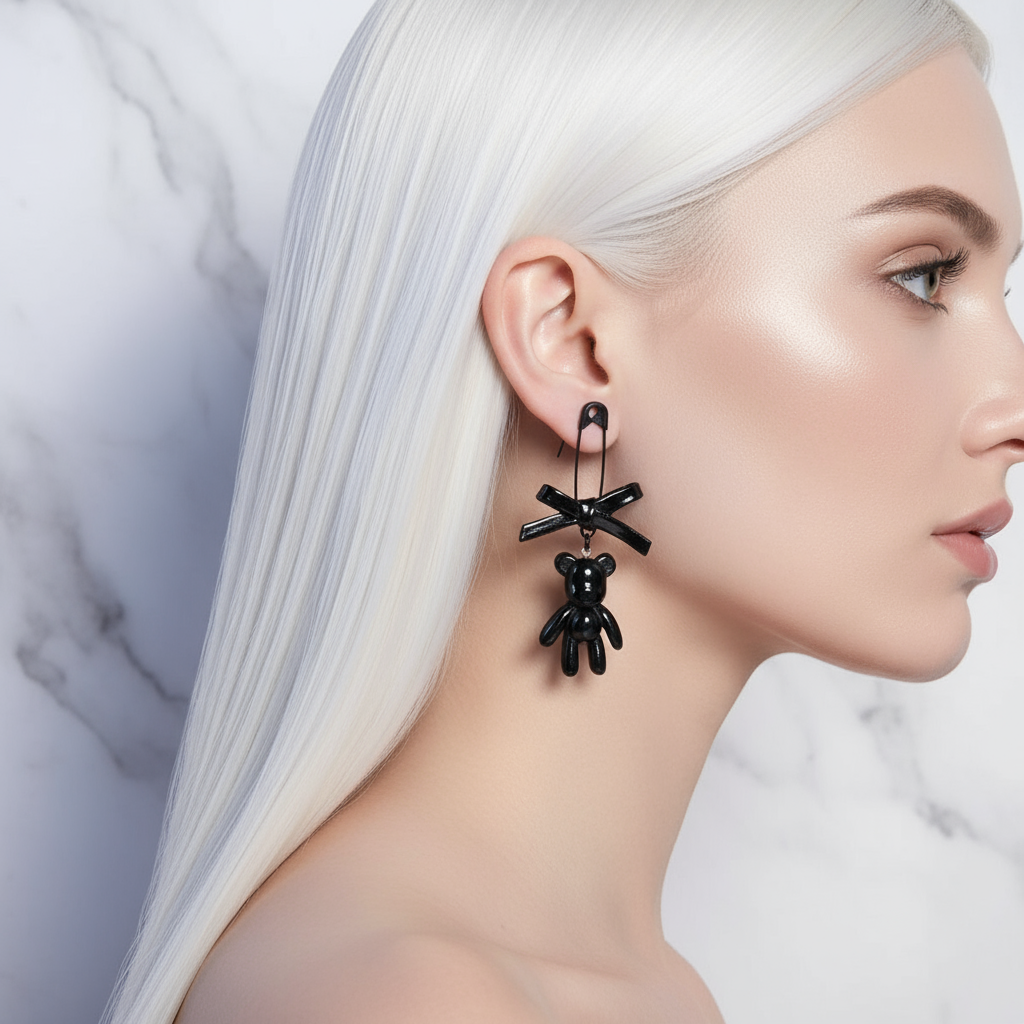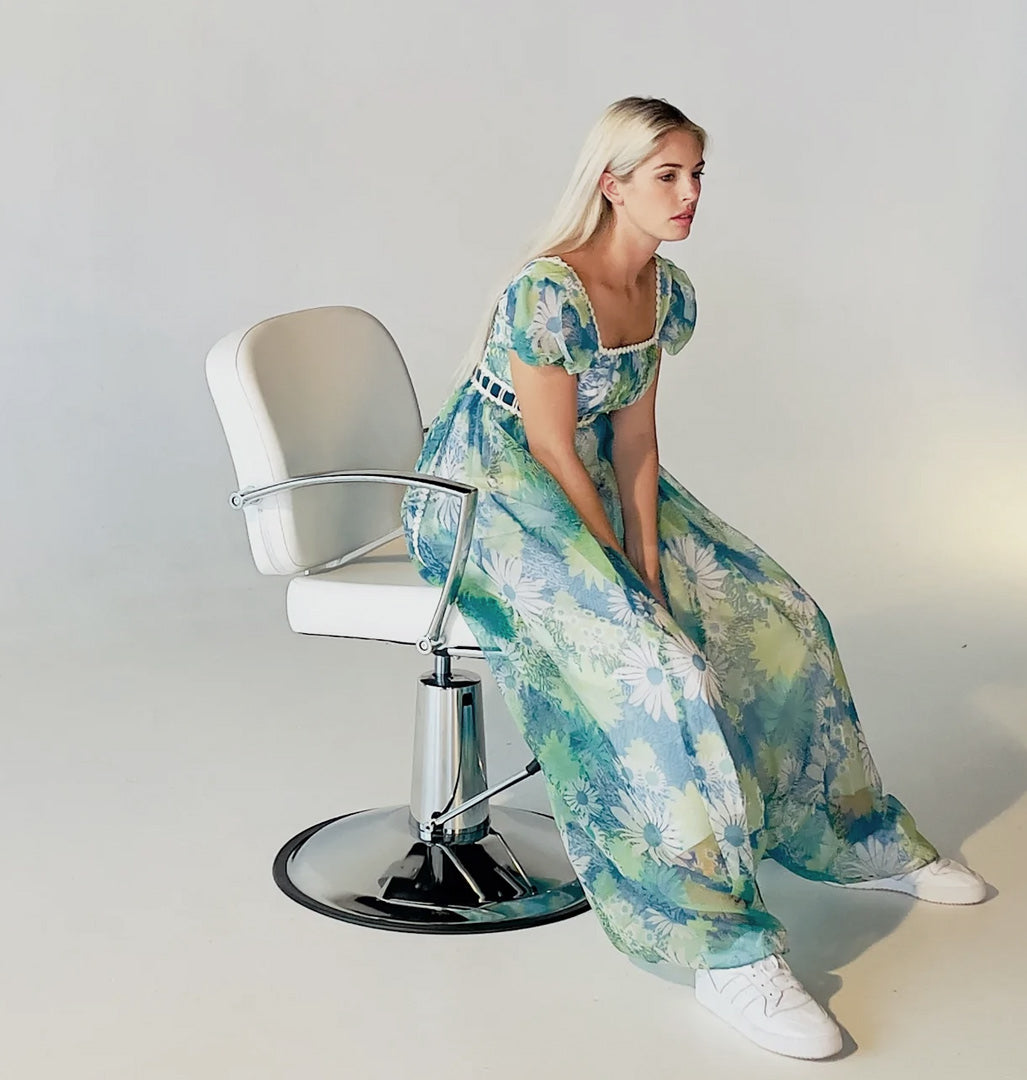Here at Closetblues we are always looking at trends and analyzing their evolution. What comes next and why? Transitions or solutions? We have been following the BOLERO trend and how it has resurfaced from the 90's Y2K Vintage Style (yes, news to all of us Razors users, Y2K is old) But, the name and the style while very familiar to a lot of us, was not created during that era. Boleros actually are a piece that originated in the mid 1800s in Spain. It is an intrinsic part of the matador bullfighter outfit and also worn by many Flamenco dancers in traditional costumes. Its fit was meant to protect the arms of the "matador" while still giving the space to move because it wouldn't cinch the waist or close around the armpits. In the case of the Flamenco dancers, it acts as an arm warmer since the arm movements are part of the main flair of the dance. Now, that you understand its original use, lets move forward.
The trend that has resurfaced is more inclined to the 90's take on it: THE SHRUGS. The shrug is not exactly a bolero, but a knit cropped light sweater, a cousin of the bolero. The shrugs are a lot less sophisticate and less adorned. You can add them as an accessory or a basic piece to your outfit, but it is definitely not a main item. The new version of the shrug has become slimmer and provides a lot less coverage. Mainly shoulder shielding and or arms warmers. Some styles also add the neck warming part with a turtleneck style. But don't fool yourself, this is nothing new, ballerina dancers have been using these kinds of shrugs for decades to warm up their arms during ballet practice.


These Shrugs are also not cropped jackets and are definitely not the Boleros Madona used to wear during the 80s. But, and here is where we predict the evolution of this shrug trend is taking us. We predict the 80's styles BOLEROS are coming back with a bit of shoulder pads, a bit of sequin embellishment, a lot more umph and a lot more glam. And we have proof! The cropped over embellished granny sweaters have been all over social media, pair with those 80s mommie's jeans. Yes, they look adorable and guess what?, cropped jackets make your waist look a lot smaller than it actually is, they can be paired with all sorts of dresses, even wedding dresses. One striking Bolero makes up for 10 little shrugs, because they are so versatile. While some Fashion stylist hate this comeback, others are already embracing it. At Closetblues, we have been definitely collecting pieces for quite some time.
While we understand the evolution takes a while, and you might not be ready to try the 80's or 90's boleros just yet. We are also bringing the Modern Shrugs to our collections. Because you need to shield those shoulders from the sun this summer and wear on top of those small little crop tops, so your dad doesn't feel like you are showing too much skin. We get it. But if you Dare to WEAR now and be Bold before anybody else is....Go AHEAD We have a full collection of Vintage BOLEROS, and they are amazing.
Here are some references for you to learn more.
Bolero .... Typically open-fronted, it is collarless with long sleeves and characteristically stops above the waist. It originates, like the music, from Spain. Before the 19th century, it was more commonly referred to as a Zouave. Although these two jackets share all the same features, a Zouave had a military influence, while the bolero had been inspired by dance and sometime even a toreador, Ole!
Influenced by Spanish styles and modified heavily over the years, the bolero jacket is still a mainstay of fashion today. It is typically flattering to all body types. The cropped hem emphasizes the waist by showing it off while optional padding at the shoulders increases this effect by adding bulk to the top line. It can be made of a variety of materials including cotton, silk, velvet, leather, fur, and various fluffy fringed fabric. According to the Oxford English Dictionary, a bolero is “A short jacket, coming barely to the waist; worn by men in Spain; applied to a similar garment worn by women elsewhere, usually over a blouse or bodice.”
And yes WIKIPEDIA Reference is a must




0 comments